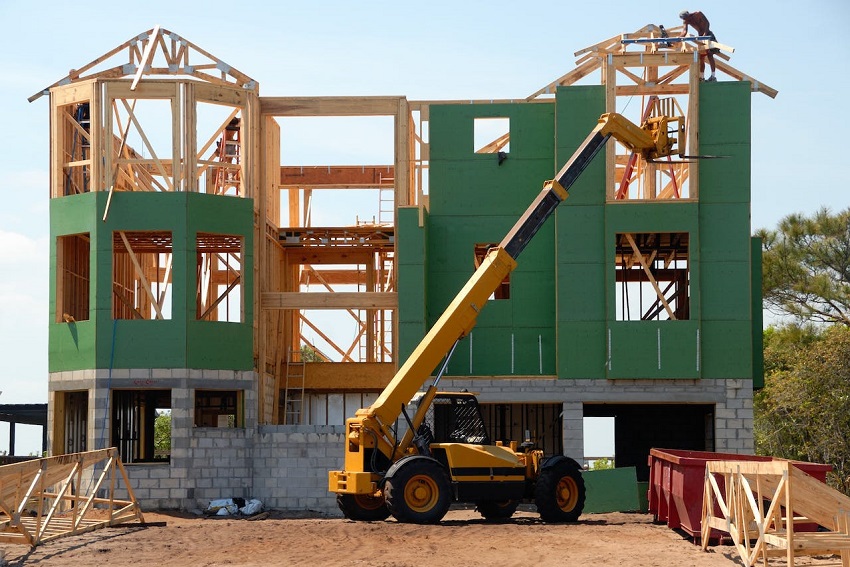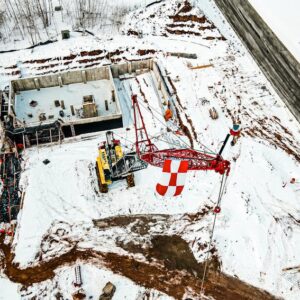Embarking on a luxury renovation journey within an estate lot in Canada requires more than just a vision of opulence; it demands a comprehensive understanding of zoning regulations and guidelines. As the demand for lavish residences continues to rise, navigating the intricacies of estate lot zoning is crucial to ensure your project not only meets your aesthetic aspirations but also complies with the stringent standards set by Canadian authorities. In this exploration, we delve into the key aspects of estate lot zoning and regulations, emphasizing the importance of adhering to these guidelines for successful luxury renovations.
1. Zoning Classifications and Designations
Before diving into luxury renovations, it’s imperative to grasp the zoning classifications and designations that apply to your estate lot. Zoning regulations in Canada categorize land into specific zones, each with its own set of rules regarding land use, building size, and design aesthetics. Understanding whether your property falls into residential, commercial, or mixed-use zones will lay the foundation for your luxury renovation project.
2. Luxury Renovations: Balancing Aesthetics and Regulations
While the allure of luxury renovations is centred around creating visually stunning spaces, it’s crucial to strike a balance between aesthetics and regulatory compliance. Zoning regulations often stipulate parameters such as building height, setbacks, and architectural styles. Ensure that your vision aligns with these guidelines to avoid potential setbacks or delays in the construction process.
3. Environmental Considerations
Luxury renovations on estate lots should not only focus on the opulence of the interior but also consider the impact on the surrounding environment. Canadian zoning regulations may include provisions related to environmental conservation, tree preservation, and landscaping requirements. Integrating sustainable practices into your renovation project not only aligns with these regulations but also contributes to the overall ecological well-being of the area.
4. Heritage Preservation
If your estate lot features heritage structures or falls within a designated heritage district, additional considerations come into play. Heritage preservation regulations may dictate specific guidelines for maintaining the historical integrity of the property. Luxury renovations in such areas require a delicate balance between modern upgrades and the preservation of architectural heritage, often necessitating approval from heritage conservation authorities.
5. Permitting Processes
Securing the necessary permits is a pivotal step in any luxury renovation project. Zoning regulations outline the types of permits required for construction, including building permits, environmental permits, and heritage permits where applicable. Navigating the permitting processes with precision ensures that your project remains legally compliant and avoids potential legal complications down the line.
6. Height Restrictions and Setbacks
Estate lot zoning typically includes restrictions on building height and setbacks from property lines. Luxury renovations must adhere to these specifications to maintain a harmonious streetscape and prevent overshadowing neighbouring properties. Understanding these restrictions early in the planning phase allows for the seamless integration of your vision while respecting the established spatial parameters.
7. Parking and Access Requirements
Luxury properties often come with increased vehicular and guest traffic. Zoning regulations address parking and access requirements to ensure that the additional demands on the local infrastructure are properly managed. Compliance with these regulations not only facilitates smooth daily operations but also prevents potential conflicts with municipal authorities.
8. Consultation with Planning Authorities
Engaging with local planning authorities is a proactive step in the luxury renovation process. Consultations provide an opportunity to seek guidance on zoning regulations, discuss your renovation plans, and gain insights into any specific considerations for your estate lot. This collaborative approach fosters a positive relationship with the local authorities, potentially streamlining the approval process for your project.
9. Luxury Renovations: Hiring Professional Consultants
Given the complexity of estate lot zoning and regulations, enlisting the expertise of professional consultants is a prudent decision. Architects, urban planners, and legal advisors with experience in luxury renovations can provide invaluable insights, ensuring that your project not only meets regulatory standards but also surpasses them in terms of elegance and sophistication.
10. Ongoing Compliance and Maintenance
Luxury renovations extend beyond the construction phase; ongoing compliance with zoning regulations is essential for the sustained success of your estate property. Regular maintenance and periodic checks ensure that your property continues to meet the prescribed standards, safeguarding your investment and upholding the reputation of your luxury estate.
Conclusion
In conclusion, mastering luxury renovations on estate lots in Canada requires a meticulous understanding of zoning regulations and guidelines. Balancing opulent visions with regulatory compliance, considering environmental factors, heritage preservation, permitting processes, and collaborating with planning authorities are integral steps in creating a truly luxurious residence. By approaching your project with a comprehensive understanding of estate lot zoning, you can elevate your dream property to new heights of sophistication and elegance.




